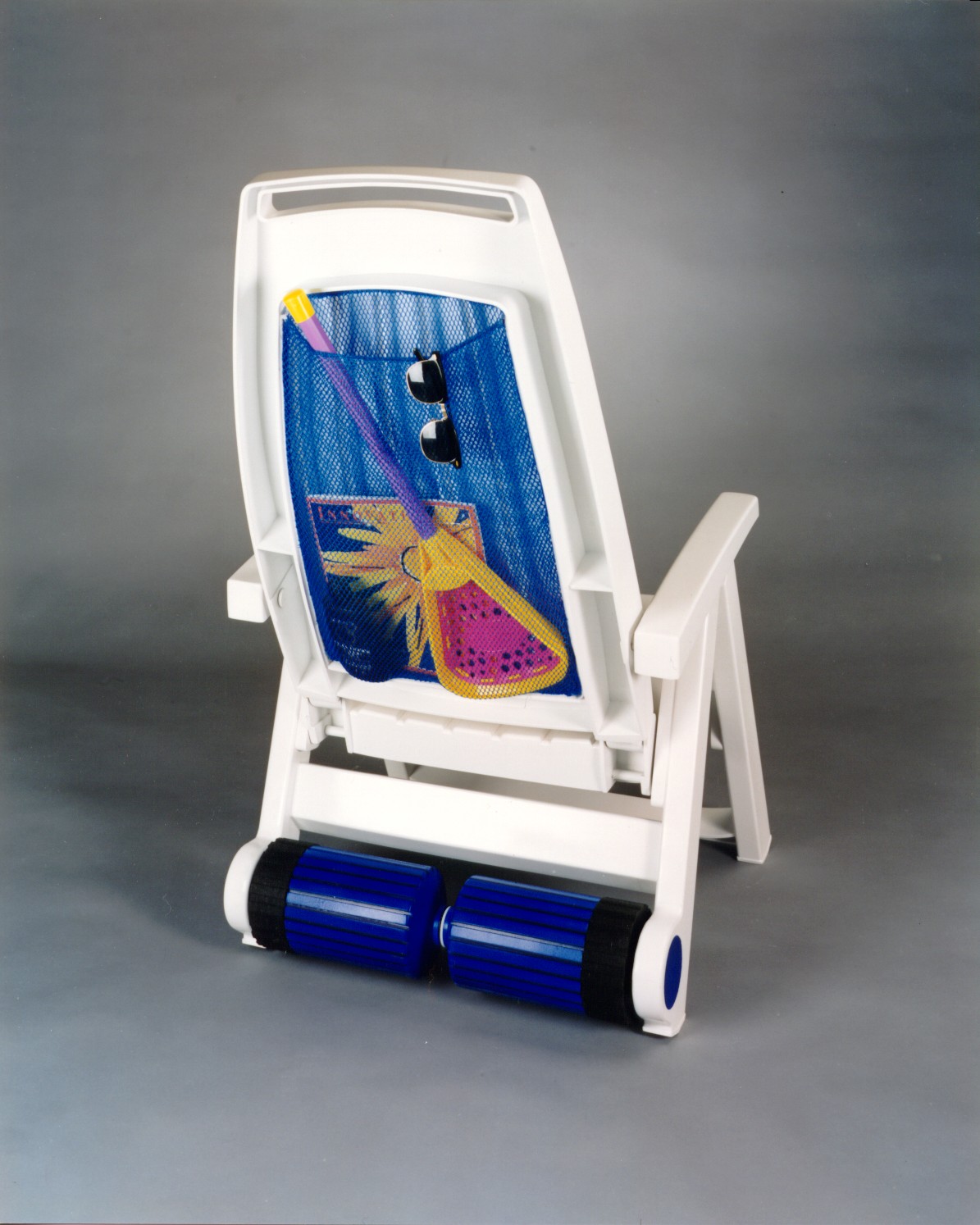PROTOTYPES
Pros and Cons of
Prototyping
Common uses and examples
Current Uses
Product design and development has been creating some very new and exciting products. These products have increased in complexity with new materials, processes, shapes, and functions. These new designs have allowed product functions never before seen before. Products such as smart phones, GPS, cordless devices, explosion proof housings and many others are all now possible because of special materials and designs. When new research and development is required, exploring new opportunities are required. Prototypes are often used to help explore and verify not only the design, but also the new material created and associated manufacturing processes.
Moving forward
Prototyping can be done for many different reasons. Sometimes it is for aesthetics or general shape. Other times it may be prototyping the function without the correct material. Maybe it is the manufacturing process but not the same mold material or gating. Prototypes can be done in many different formats, conditions, manufacturing methods, or goals. This seems to confuse many people by thinking that once you “prototype” something, it is ready for production. In the automotive industry, they prototype cars in clay or wood. In other industries they 3D print parts out of alternative materials that may or may not be functional. Many times these parts are not very accurate, are not smooth as molded, and very brittle. As a result, when we utilize prototypes, we must be aware of every element and how it will during final production.




Procad Tchnologies, LLC
ALL RIGHTS RESERVED
Contact
352-600-7473
Spring Hill, FL